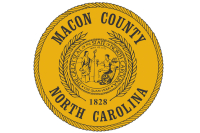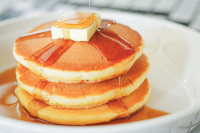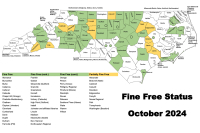The axe always forgets, the tree always remembers
If a tree falls in the forest and no one is around to cut it up and use it for heat or timber, is it a waste of resources? Or, put another way, are humans the only reason that all other life on Earth was created?
Notes from a plant nerd: What a Lark
I wear a few different hats in my world. A big straw hat for working in the garden or walking out in the sun. Wool caps and toboggans for the colder mornings of spring. Party hats for the celebrations. I’ve even been known to wear a tricorne hat when visiting Colonial Williamsburg as a kid.
Prune like a pro
Learn how to give your fruit trees some love with a workshop starting at 10 a.m. Saturday, Feb. 3, at Winding Stair Nursery in Franklin.
Notes from a plant nerd: Worts and All
Among the duff of last year’s fallen leaves lie many interesting and beautiful shapes to catch your eye on a winter’s walk in the woods. From the mosses and orchid leaves described in previous columns, to newly emerging plants preparing for spring’s full flush, there are many forms and patterns on the winter forest’s floor.
Notes from a plant nerd: Winter moss gathers no stones
Among my favorite types of plants that grow year-round, and tend to especially shine in the wintertime, are mosses.
Notes from a plant nerd: Winter Green
While there are many plants that stay green throughout the winter, there is only one plant known as wintergreen.
Notes from a Plant Nerd: The winter forest
I love walking in the woods in the wintertime. Sure, there aren’t any wildflowers blooming, but there are no mosquitos to swat away, no flies or ants to bug your lunch, and no snakes to startle your path either. The long-range views visible through leafless trees give a fresh perspective to familiar trails as all the ridges and hollows are outlined starkly on the hillsides, showing evidence of water and its effect through millions of years of erosion.
Notes from a Plant Nerd: Nothing New Under the Winter Sun
Every year on the last night of December, in the dead of winter, the cries go out of “Happy New Year!” We toast our old acquaintance, kiss our sweethearts, celebrate the highs and drown the lows of the previous twelve months in a night of revelry.
Notes from a plant nerd: Happy Holly Days
There are many different plants that Appalachian mountainfolk have used for centuries in their decorations and celebrations on or around the winter solstice.
Notes from a plant nerd: Leftover Cranberries
Many of us may be tired of cranberries by now, having eaten our fill, and then some, at our recent fall harvest celebrations. And whether you were on team fresh cranberry sauce, or you prefer the canned cranberries, you ate the fruit of a plant native to North America called large cranberry (Vaccinium macrocarpon).





